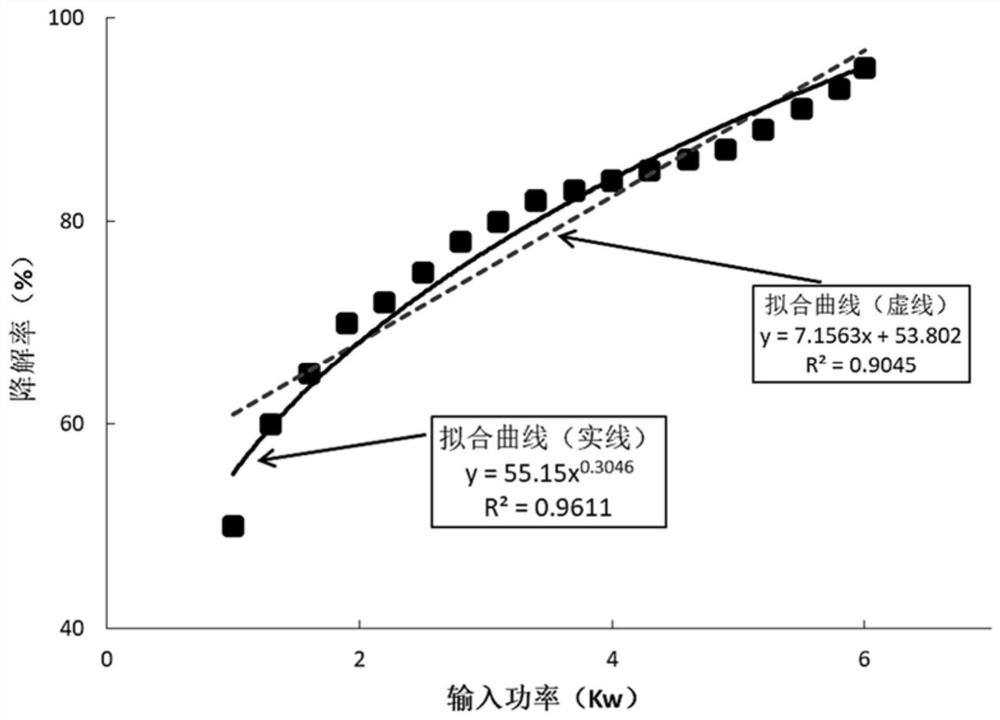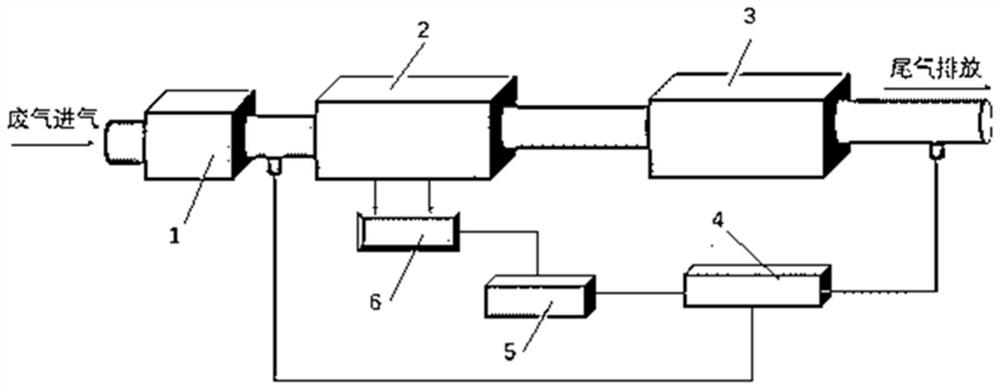Waste gas treatment method and system based on low-temperature plasma
A low-temperature plasma and waste gas treatment technology, applied in separation methods, gas treatment, chemical instruments and methods, etc., can solve problems such as environmental damage, and it is difficult for active substances to meet emission standards, and achieve the effect of high safety.
- Summary
- Abstract
- Description
- Claims
- Application Information
AI Technical Summary
Problems solved by technology
Method used
Image
Examples
Embodiment Construction
[0040] The present invention will be further described in detail below in conjunction with the accompanying drawings and preferred embodiments.
[0041] A method for treating waste gas based on low-temperature plasma, comprising the following steps:
[0042] After the waste gas is treated by the low-temperature plasma reactor, it is sent to the tail gas treatment unit for treatment to degrade the by-products generated in the waste gas treatment process and form tail gas; the low-temperature plasma reactor is a composite low-temperature Plasma reactor or simple low temperature plasma reactor;
[0043]Real-time monitoring of exhaust gas concentration, exhaust gas emission concentration and by-product emission concentration; the exhaust gas concentration refers to the concentration of harmful substances in the exhaust gas, the exhaust gas emission concentration refers to the concentration of harmful substances in the tail gas, and the by-product emission concentration refers to ...
PUM
 Login to View More
Login to View More Abstract
Description
Claims
Application Information
 Login to View More
Login to View More - R&D
- Intellectual Property
- Life Sciences
- Materials
- Tech Scout
- Unparalleled Data Quality
- Higher Quality Content
- 60% Fewer Hallucinations
Browse by: Latest US Patents, China's latest patents, Technical Efficacy Thesaurus, Application Domain, Technology Topic, Popular Technical Reports.
© 2025 PatSnap. All rights reserved.Legal|Privacy policy|Modern Slavery Act Transparency Statement|Sitemap|About US| Contact US: help@patsnap.com



